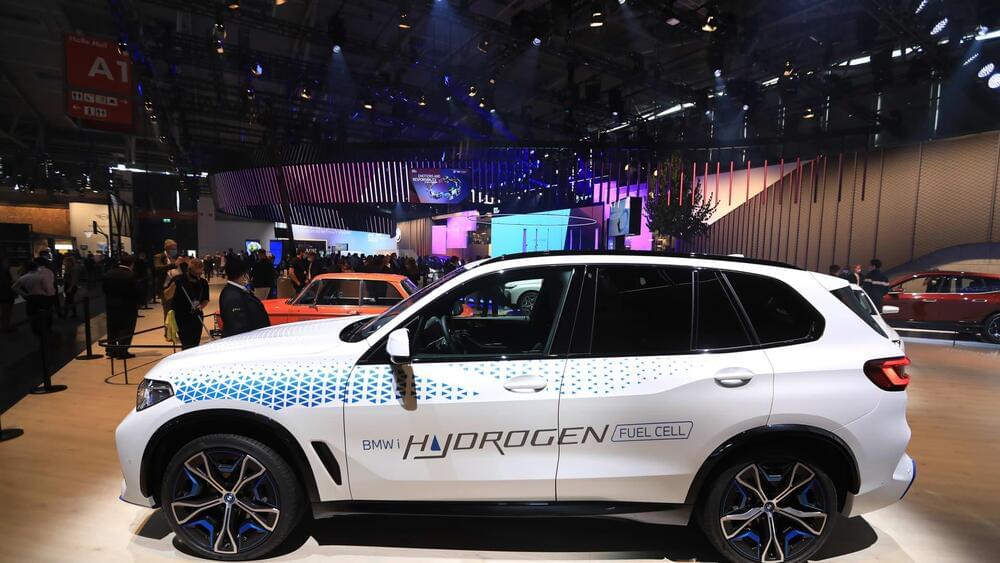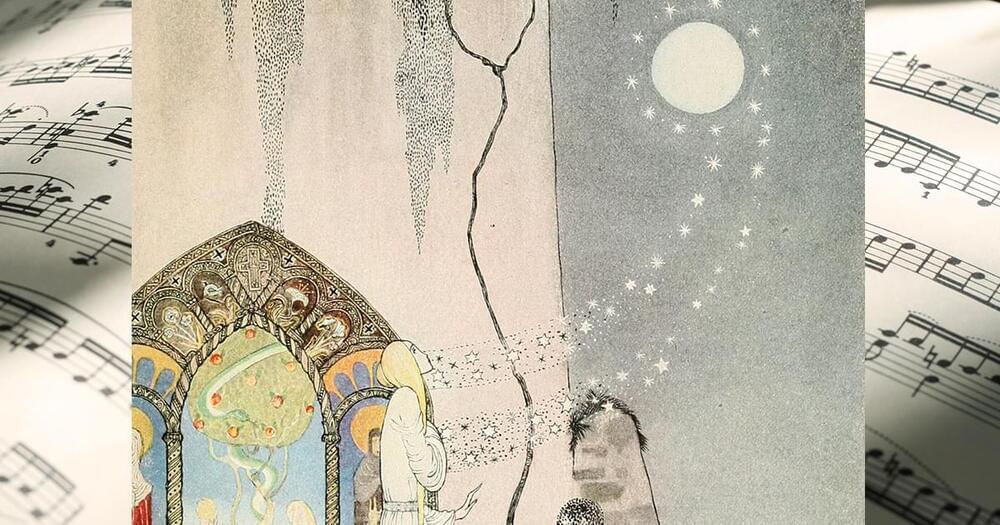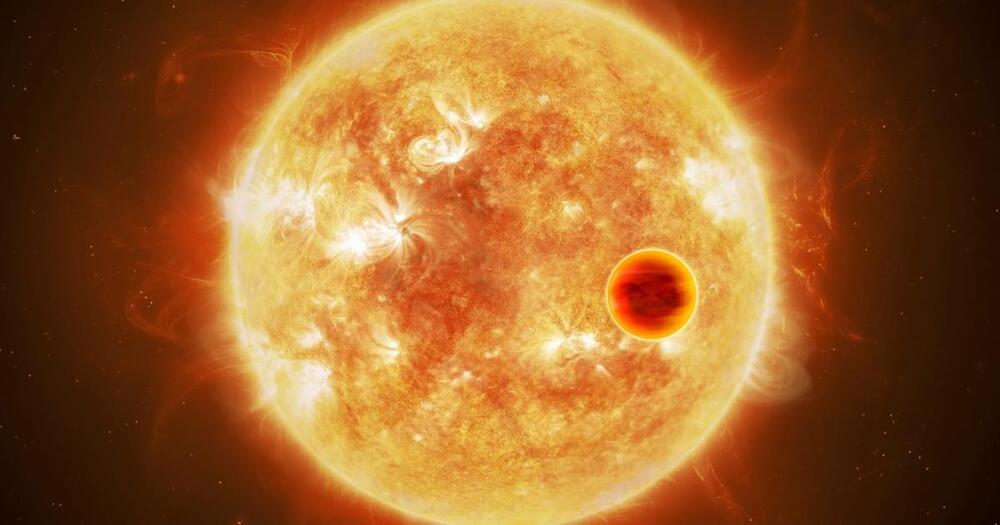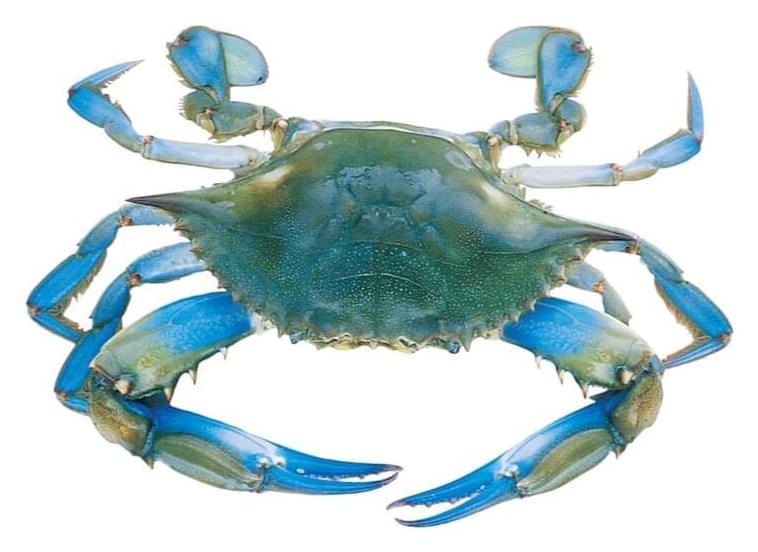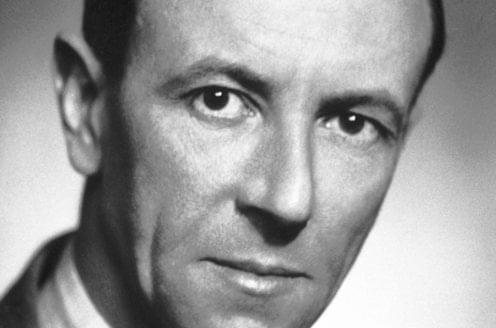The BMW Group on Monday launched a pilot fleet of hydrogen vehicles, with the German automotive giant’s CEO referring to hydrogen as “the missing piece in the jigsaw when it comes to emission-free mobility.”
The BMW iX5 Hydrogen, which uses fuel cells sourced from Toyota and has a top speed of more than 112 miles per hour, is being put together at a facility in Munich.
Described by the International Energy Agency as a “versatile energy carrier,” hydrogen has a variety of applications and can be deployed in sectors such as industry and transport.
BMW is one of several automotive firms continuing to look into the potential of hydrogen. Others include Toyota and Hyundai, while smaller businesses such as Riversimple are also working on hydrogen-powered cars.
Hydrogen may have its backers, but some high-profile figures from the automotive industry are not so sure.
